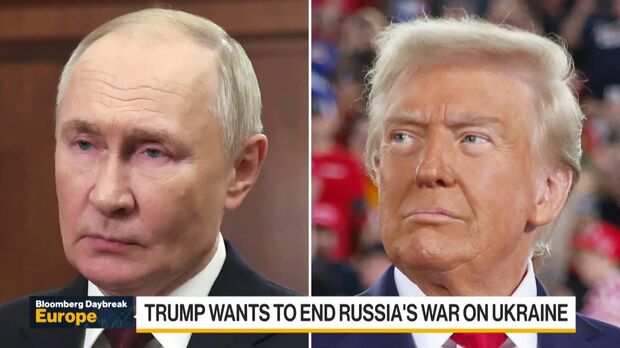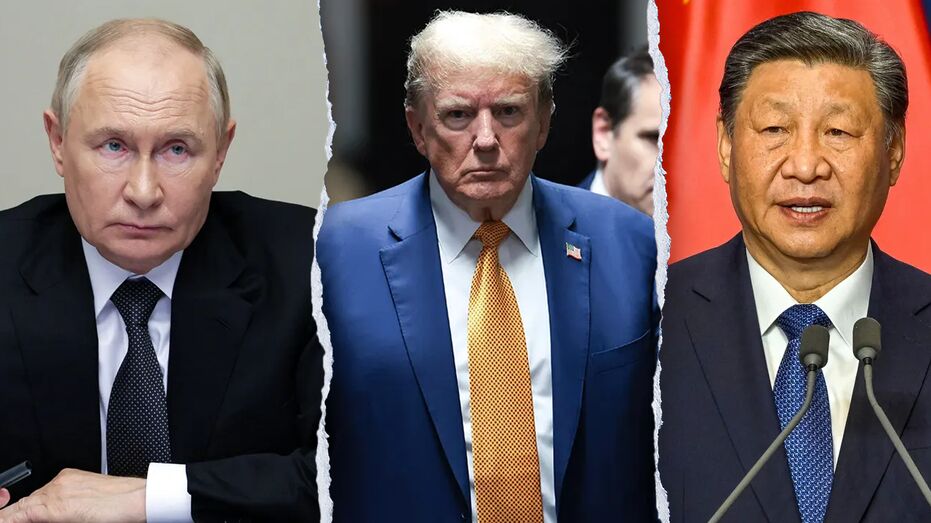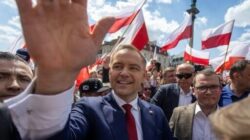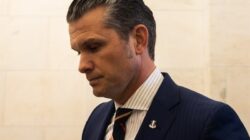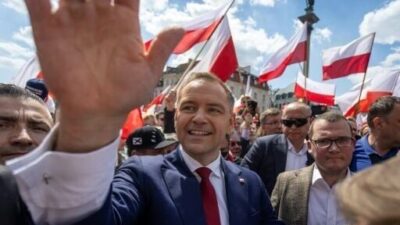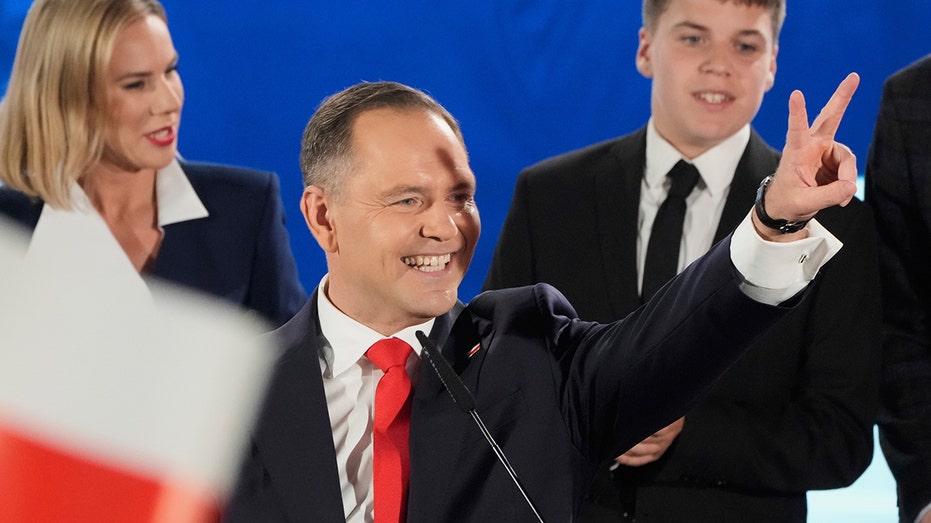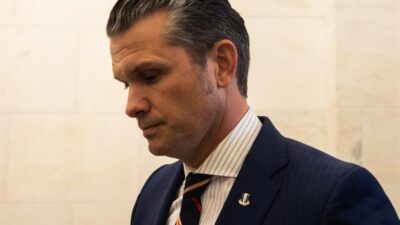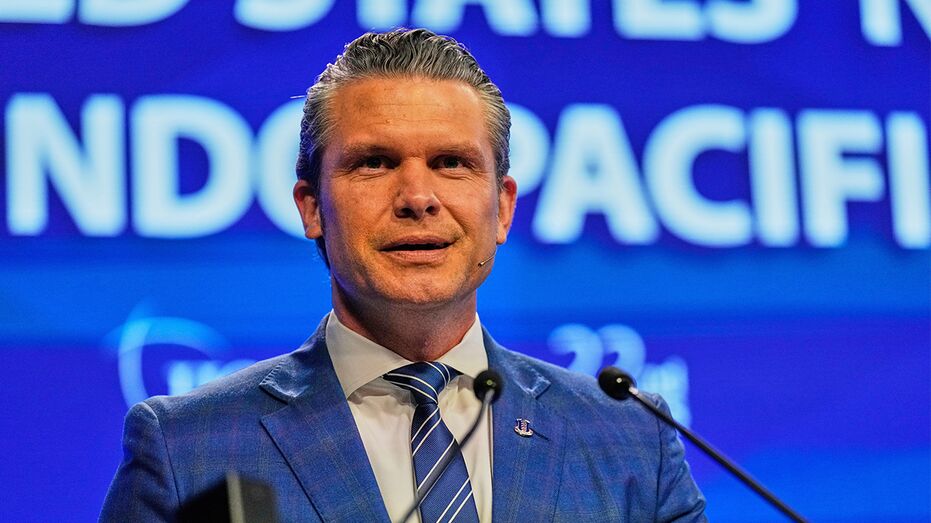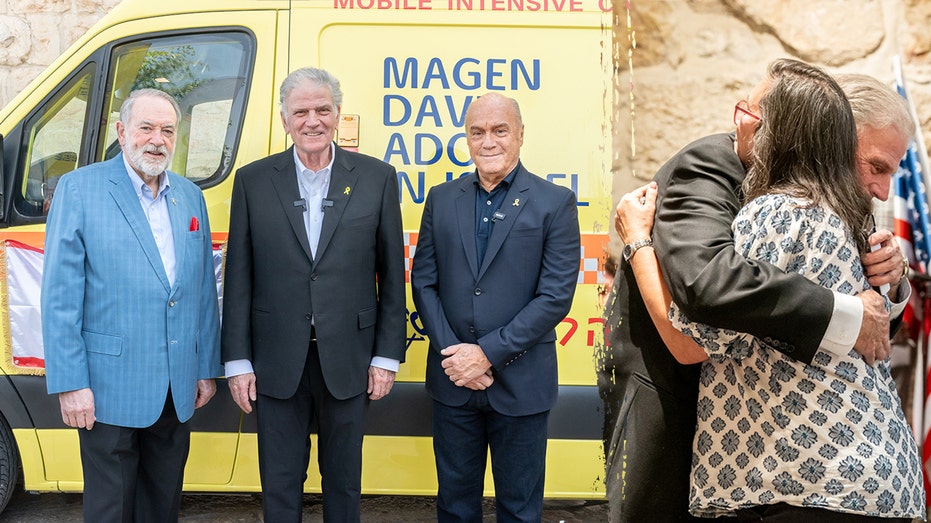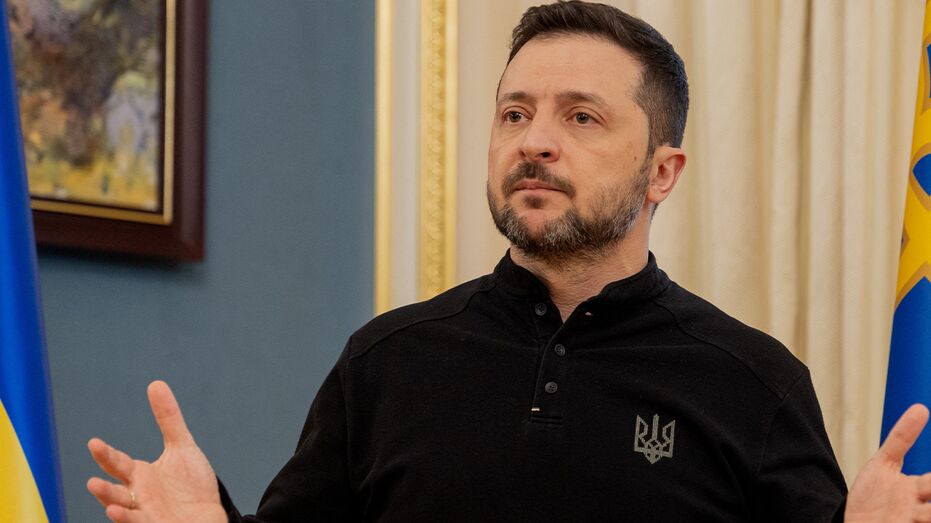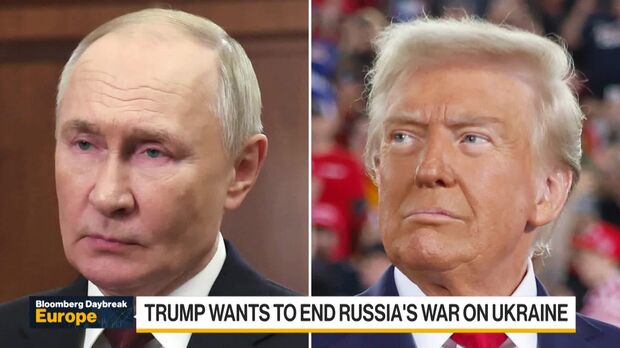
Trump’s Diplomatic Engagements with Russia and China: A New Direction in Foreign Policy
Published: [Insert Date]
Setting the Stage for Diplomatic Talks
President-elect Donald Trump made headlines last Thursday by announcing his plans to initiate diplomatic meetings with Russian President Vladimir Putin and Chinese President Xi Jinping. During a press conference at his Mar-a-Lago estate, Trump stated, “He wants to meet. And we’re setting it up,” referring to his discussions with Putin. Furthermore, he addressed communication with Xi, saying, “President Xi – we’ve had a lot of communication. We have a lot of meetings set up with a lot of people.” Trump emphasized, however, that these discussions would likely take place after his inauguration on January 20.
The Russian Conflict at the Forefront
In his remarks about Russia, Trump was clear about his intentions to address the ongoing conflict between Russia and Ukraine. He reiterated that “President Putin wants to meet. We have to get that war over,” highlighting the staggering casualty numbers that the conflict has inflicted on both nations. Trump expressed concern that civilian losses are underreported, showcasing his empathy for those affected by the war.
The Kremlin responded openly to Trump’s announcement, indicating a willingness to engage in dialogue to resolve longstanding issues. Russian news agency Tass reported that the Kremlin expressed readiness to “resolve problems through dialogue,” indicating a potentially cooperative approach moving forward.
Aiming for a Swift Resolution in Ukraine
Trump’s special envoy for Ukraine and Russia, retired General Keith Kellogg, has set an ambitious goal to end the war in Ukraine within the first 100 days of the new administration. Describing the ongoing conflict as “carnage,” Kellogg expressed optimism about achieving a ceasefire agreement that is both “fair” and “equitable.” However, details regarding the withdrawal of Russian troops from occupied territories remain vague.
Although Trump has not presented a comprehensive strategy to conclude the war, he hinted at addressing one of Putin’s principal demands: preventing Ukraine from joining NATO. Speaking to reporters, Trump mentioned he could “understand [Putin’s] feeling about” NATO’s expansion, which he described as encroaching upon Russia’s territory.
NATO: A Sticking Point
Ukraine’s aspiration to join NATO remains a crucial and non-negotiable issue for both Moscow and Kyiv. Russia shares borders with NATO member states such as Estonia, Latvia, Lithuania, and Poland. Following the invasion of Ukraine in February 2022, Finland also became a member, joining the alliance just three months after the conflict escalated.
Uncertainties Surrounding China
While Trump’s intentions with Russia appear somewhat clearer, his plans for engagements with China are less defined. Although he mentioned meeting with Xi, no concrete date has been established. Speculation abounds regarding whether Xi will meet Trump in person. In a recent communications exchange, it became evident that while Trump extended an invitation to Xi for his inauguration, Beijing preferred to send a high-level envoy instead, consistent with diplomatic protocols.
Despite a November meeting where Xi expressed eagerness to cooperate with Trump, tensions have escalated between the two nations in recent months. Trump has made bold statements in the past, claiming that he and Xi “love each other,” yet he also announced a potential 60% tariff on Chinese goods and suggested using military force to regain control of the Panama Canal—a vital strategic asset that has become contentious in his foreign policy narrative.
The Controversy of the Panama Canal
Trump reiterated, “The Panama Canal is vital to our country, and it’s being operated by China,” criticizing the historical context of the canal transfer to Panama. The U.S. relinquished operational control over the canal in 1999 after giving sovereignty to Panama in 1979. Trump’s comments revive debates surrounding U.S. foreign policy and military engagement in the region.
Fox News Digital attempted to reach the Panamanian Embassy in Washington, D.C., for a response to Trump’s statements but did not receive an immediate reply. Additionally, the Trump transition team’s silence over potential military tensions with China related to the canal continues to generate concern.
Global Repercussions and the Road Ahead
As the date of Trump’s inauguration approaches, the world watches with bated breath to observe how his foreign policy positions will shape international relations, particularly concerning Russia, Ukraine, and China. With potential diplomatic talks on the horizon, global leaders are keenly aware of the implications Trump’s policies may have on geopolitical stability.
The uncertainty surrounding Trump’s diplomatic engagements raises critical questions about the future of U.S. foreign policy and its impact on global dynamics. As various stakeholders prepare for the shift in leadership, the international community remains poised to respond to Trump’s next moves.
This rewritten article presents the information in a journalistic format, using appropriate headings to organize the content effectively.

